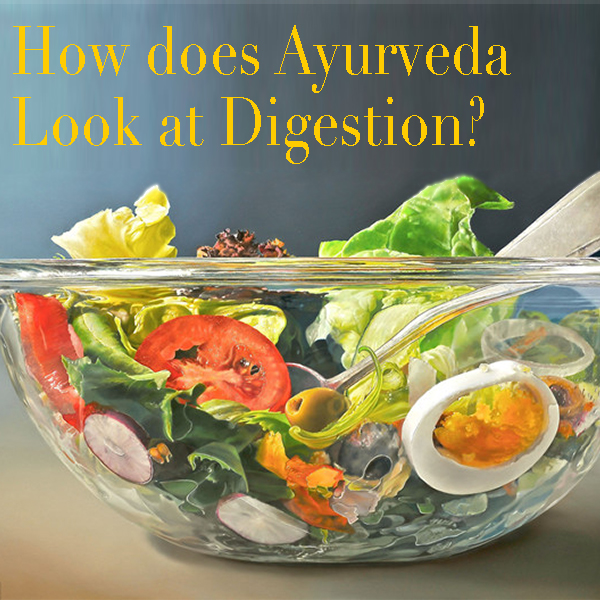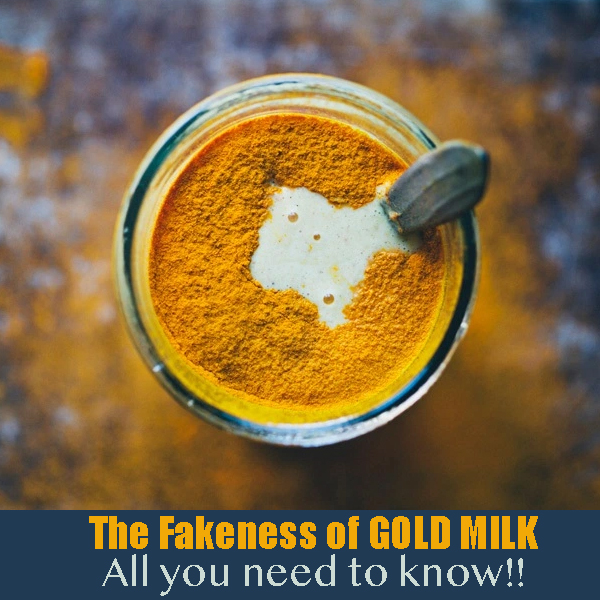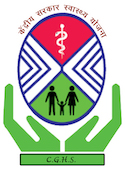Concept of Digestion in Ayurveda

Digestion is the most important part of the body. Digestion is the process which provides the nutrition to the body and mind. On other hand this system is also responsible for the removal of waste products from the body through anal route. Health depends on the activities of this system. When this system is working well, then- one can think about health. Otherwise health is just a dream. The food when fully digested acts like a nectar. When it doesn’t digest well; it acts like a poison. The undigested product doesn’t absorb easily and remains there stagnated producing an acidic medium. This causes food to act like a poison. Let us know more about concept of digestion in Ayurveda.
The process of digestion
The Body is an entity which is wasted due to wear and tear. Constant use of the physical body leads to slow destruction. And this is why Vedas refer to body as ‘Sharir’ in Sanskrit. Sharir means: A system which is constantly in a state of emaciation.
Therefore body needs constant renovation or restoration. This repair or recovery of energy is possible through the nutrition. The nutrition which comes from the food. To make all the food material assimilable and to absorb all the nutrients from it. The food has to be broken down into absorbable fractions by treating with various enzymes. The food goes through several processes of treatment for the same. This entire process is known as digestion.
Ayurvedic Treatment of Colitis
The food material is first broken down and converted into an assimilable form called ‘Ahara Rasa’. This Rasa is the first product of digestion. This Ahara Rasa is then absorbed in the body and all the Dosha, Dhatu, Mala are renewed from it. This formulation of the ahar rasa occurs at a very gross level. What we have learned in last years about digestion in GIT, relates to this. But as per the science of Ayurveda, there is a very subtle level too. The level, where food changes in the energy (quantum) to support the “energy- model” of the body. This step of digestion is Suksham Pachan- digestion on micro level.
So the digestion process takes place in two steps i.e.
Levels of Digestion
- Digestion at Macro level: conversion of food in Ahara Rasa by the action of Jatharagni on it.
- Digestion at micro level: Formation of Doshas, Dhatus and Malas from the Ahara Rasa. This step completes with help of Bhoot-agni and dhatu-agnis.
The first interaction of the food happens on the level of the digestive fire. This digestive fire resides in the GIT. The Agni is responsible for making decisions. The decisions relate to what is good or bad for the body. Once this analysis completes, the body absorbs the good and required part, and the rest of the waste excretes through the anus.
Health, strength, the aura of the body, and longevity, everything depends on the quality of digestion. As per Ayurveda when digestion doesn’t work properly this leads to the problem with every aspect of the life.
Division of the food
As a result of the process of digestion and the action of Agni on the food material. Food converts into nutritive and excretory material. The nutritive material is assimilable in the body and provides nutrition. Hence is known as ‘sara’ while the excretory material is a waste bi-product and hence is known as ‘kitta’.
The nutritive part helps in the nourishment of all the tissues like rasa, Rakta, mansa, meda, asthi, majja, Shukra and oja.
Oja or Ojus is something which decides the quality of life. Because this helps in the vital activities of the body. There are no foods which can directly turn into Ojus. This is the digestive strength of a person which decides the production of the Ojus.
You might have noticed that there are many people who don’t have very rich food but their body strength is far better than the people who only survive on the rich food. This difference explains from the viewpoint of the Agni and capacity of the body.
So if your digestion is not proper, you should consult some good “Ayurvedic physician” immediately. Because otherwise this condition complicates and traps you in the problem.















1 comment